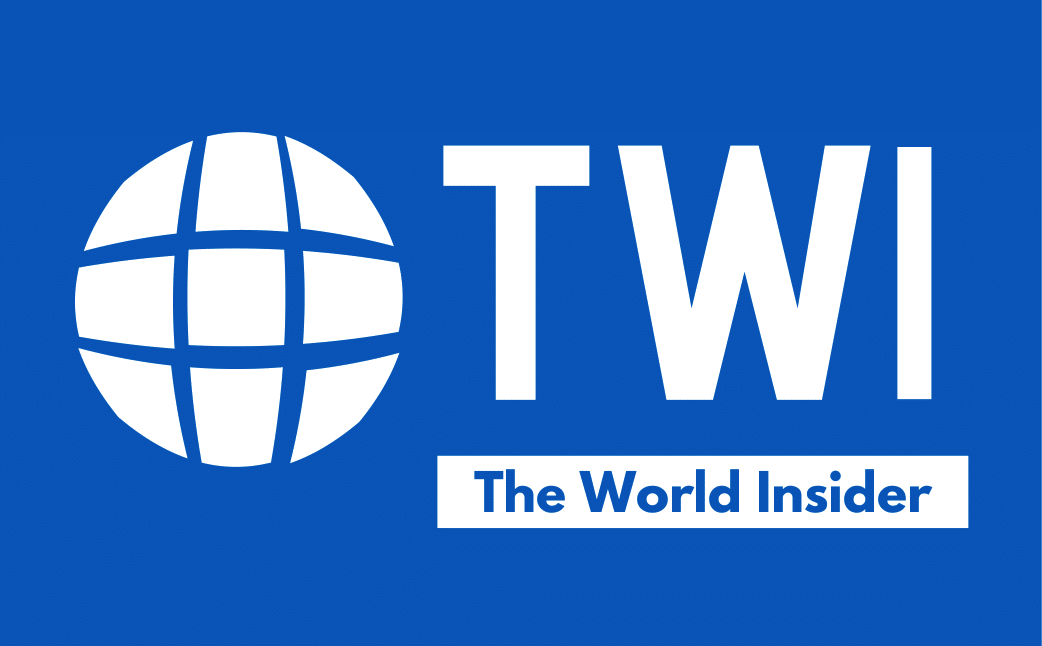The U.S. and South Korea jointly warned North Korea that the use of any kind of nuclear weapon against Seoul or other regional allies would result in the end of Kim Jong Un’s regime.
The United States and South Korean defense leaders met to discuss challenges and opportunities and agreed to develop strategies to deepen cooperation and friendship.
U.S. Secretary of Defense Lloyd J. Austin and South Korean Defense Minister Lee Jong-sup affirmed that the U.S.-South Korea alliance remains rock-solid as they met for the 54th Security Consultative Meeting at the Pentagon on November 3.
The meeting came after North Korea’s “illegal and destabilizing launch of an intercontinental continental ballistic missile last night, as well as additional missile launches today,” Austin said. They reviewed the status of the alliance and explored ways to make it more interoperable and effective in deterring North Korea.
South Korean Minister Lee stressed the “robustness of the South Korea-U.S. military alliance and the steadfastness of the combined defense posture.”
Addressing the North Korean threats of nuclear weapons, Minister Lee sent out a strong message. “Secretary Austin and I affirmed that any nuclear attack by the DPRK, including the use of tactical nuclear weapons, is unacceptable and result in the end of Kim Jong-un regime by the overwhelming and decisive response of the alliance. This is a strong warning against the DPRK” he said.
He said that South Korea and the United States will work on response options towards all possible nuclear use scenarios by the DPRK. Secretary Austin pledged to effectively respond to any DPRK provocation by employing U.S. strategic assets to the level equivalent to constant deployment by increasing the frequency and intensity of strategic asset deployment in and around the Korean Peninsula.
“Along with the efforts of the alliance to deter and respond to DPRK nuclear threats, Secretary Austin and I pledged to encourage DPRK to choose denuclearization and the path for a brighter future. We also pledged to continue our cooperation to achieve a complete denuclearization of North Korea” Lee stressed.
Austin said deterrence includes the full range of U.S. nuclear and conventional and missile defense capabilities and pointed to the deployment of fifth-generation fighters and the visit of the aircraft carrier USS Ronald Reagan to the peninsula earlier this year as examples of that extended deterrence.
Austin and Lee also decided to extend Vigilant Storm, a combined training exercise to further bolster readiness interoperability. Austin reiterated that the U.S. commitment to the defense of South Korea is “ironclad.”
“We’re committed to building on these efforts to strengthen integrated deterrence and to ensure that this alliance continues to bolster security and stability on the Korean Peninsula and throughout the Indo-Pacific.”
The U.S. Department of Defense in its statement said that South Korea is now the 10th largest economy in the world and a world-class military that has fought alongside the United States in Vietnam and Afghanistan. “For nearly seven decades, this alliance has been an anchor of peace and security on the Korean Peninsula and across the broader Indo-Pacific,” Austin said. And today, South Korea is a “tremendously capable ally and a provider of security in the region and a defender of the rules-based international order that keeps us all secure.”
In addition to their meeting at the Pentagon, Secretary Austin and Minister Lee visited the Korean War Veterans Memorial in Washington, D.C. to view the new Wall of Remembrance, unveiled in July 2022, and to pay honors to the service and sacrifice of those who fought and died in defense of the Republic of Korea during the Korean War.
Secretary Austin and Minister Lee also visited Joint Base Andrews in Maryland for a briefing and tour of two U.S. Air Force bomber aircraft, B-52 Stratofortress and B-1 Lancer.




 ROK counterpart & see two
ROK counterpart & see two 